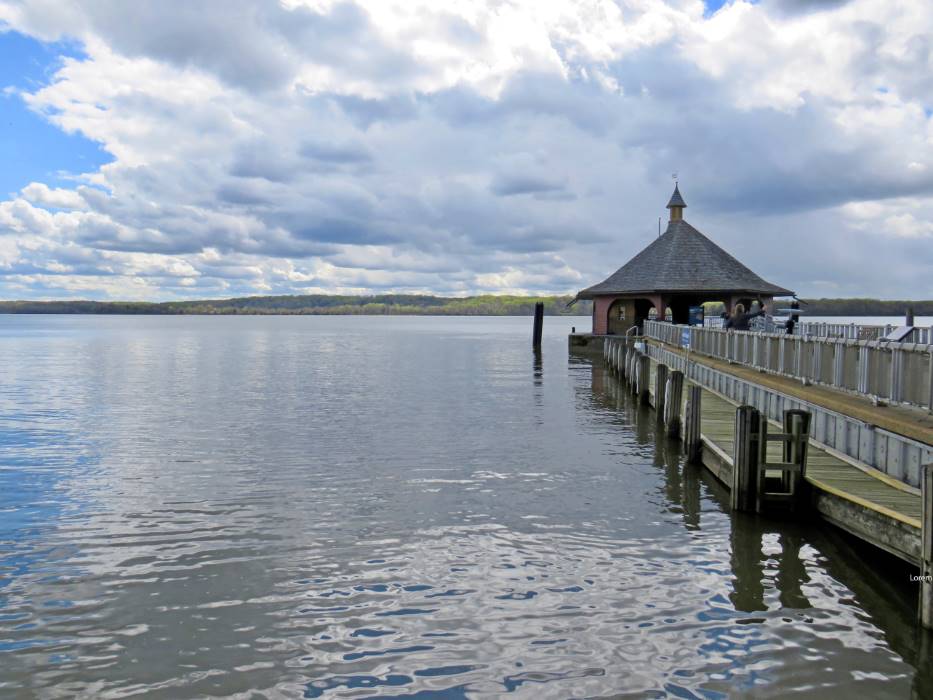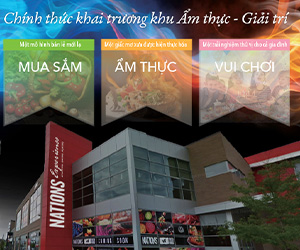A piece of his coffin lies under glass, a pocket watch gleams from a display case, and ivy from his mother’s grave blankets the garden. I was at the Edgar Allen Poe Museum in downtown Richmond, Virginia, where the author grew up. A master of mystery and the macabre, Poe’s harsh life was filled with lost love and death. The Raven is one of his most famous poems and his short stories include chilling titles such as The Tell-Tale Heart.
My husband Steve and I were on a driving trip from Toronto. Virginia is chock-a-block with history and I was eager to dig into the past and experience the thriving present.


A big Poe fan, the museum was at the top of my sightseeing list.
Maeve Jones, the museum’s executive director, took me on a tour of the garden.
“We have all the plant species Poe included in his stories and poems,” she explained.
Inside, curator Chris Semtner showed me a lock of Poe’s hair and photos of the author from the 1840s. I was curious about the piece of his coffin. “He was first buried in an unmarked grave. When it was moved to a marked grave, the coffin broke apart and people grabbed chunks,” Semtner explained.
Keeping with the creepy theme, we headed to the oldest museum in the city. The Valentine opened after the Civil War and the museum’s quirky contents were not unsettling. But the product that funded the private, family-run institution was.
Meat Juice, I learned from museum director William Martin, was a nutritional tonic concocted by Mann Valentine in 1870 for his ill wife. She recovered after a strict regime of the juice and by the late 1870s doctors were singing its praises. It became one of the most popular patent medicines in the world, although Valentine’s wife died two years later.
Afterwards, we picked vegetarian options at The Daily Kitchen & Bar in a funky pocket of the city called Carytown. Nearby was the Virginia Museum of History of Culture. Freshly renovated, the museum’s atrium was magnificent, and a new café served gallery goers.


That night we tucked into a buttery dinner of shrimp and grits at Parterre in our hotel, the Linden Row Inn. Comprising seven joined row houses built in the mid-1800s, the 70-guest room inn was furnished with period antiques and is on the National Register of Historic Places. I was excited to learn that Edgar Allan Poe spent his childhood playing in the garden which is now the hotel’s courtyard. Local legend has it this was the enchanted garden he refers to in his poem “To Helen.”

The next day we headed to Fredericksburg and Historic Kenmore, the Georgian-style brick mansion that belonged to Betty Washington Lewis and her husband merchant Fielding Lewis. Betty was George Washington’s sister and Fielding supported the American Revolution with supplies paid for from his own pocket.

History overflowed here. The Rising Sun Tavern was built by Washington’s youngest brother Charles around 1760 as a home and it became tavern in 1792. You can also tour Mary Washington’s House, where George’s mother once lived.
Having worked up an appetite, we dug into crispy chicken sandwiches at Foode, owned by Bravo TV’s Top Chef participant Joy Crump and her partner Beth Black. The restaurant is housed in the former National Bank building, where Abraham Lincoln addressed the townspeople during the Civil War.
Our accommodation, the Richard Johnston Inn, still had charred beams and exterior bullet pock marks made during that conflict.
The final stop on our tour was Alexandria, across the Potomac River from Washington D.C. Founded in 1749, the city had an Old Town district with cobblestone streets and more than 200 independent restaurants and boutiques.
Around the corner from The Alexandrian, our hotel, was the Stabler Leadbeater Apothecary Museum. Bottles labeled ether and opium, and drawers full of dried plants such as Dragon’s Blood lined the walls.
“The business started in 1792, but moved to this building in 1805,” explained Lauren Gleason, site manager.

The shop stayed in the Leadbeater family until the business went bankrupt in 1933. When it closed, the store was sealed up with all its original contents including a box of poisonous mandrake root.
“The only difference between poison and medicine is the dosage,” explained Gleason.
Walking up King St., we stopped at The Turkish Coffee Lady’s shop, owned by Gizem White. The strong brew was delicious. Miniature works of art sat on the shelves, done by Turkish painter Hasan Kale whose masterpieces almost require a microscope. White, who is married to an American, is from Ankara originally and started out with a Turkish coffee truck.
“I see my business as a way to bridge cultures. Coming into this shop is a way to connect, learn and share,” she noted.
Another side of the Alexandria story is African American. Walking tour guide Linda Powell told us that people were bought and sold here until 1864, the domestic trade continuing after the British Empire’s Slavery Abolition Act came into force in 1834.
After the American Revolution in 1776, Virginian farmers stopped growing tobacco because they lost their prime market in the U.K. Switching to cattle, which required less labour, they sold their enslaved people to plantations in the South. A famous tale is of the Edmonson sisters who were going to be sold and sent to New Orleans to work in a brothel. They tried to escape by ship but were caught and returned. Due to the efforts of their father Samuel, who was a free man, funds were raised and the sisters were freed. A statue of the two women can be seen today in Edmonson Plaza.
For a step back in time, we opted for dinner at Gadsby’s Tavern where George Washington had dined. On the menu was his favorite dish, a roasted half duck with corn pudding.

Our final stop was Washington’s farm and home, Mount Vernon a 30-minute drive outside Alexandria. The sprawling property had a museum, farm animals, orchard, dock and mausoleum where George and his wife Martha are buried. Washington owned more than 300 enslaved people and a burial site on the grounds honours these men and women.
Virginia’s stories go deep. The state is a fascinating destination for anyone who likes to dig into the past. I find doing this helps me see the present more clearly.





